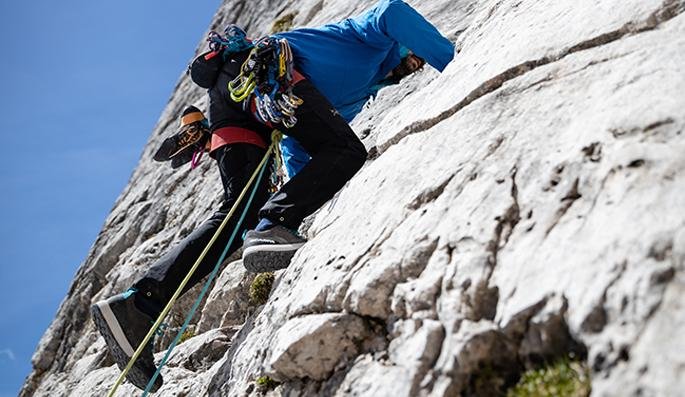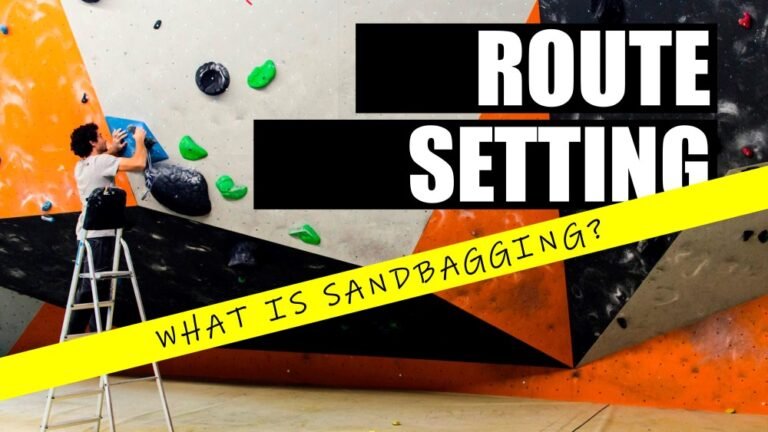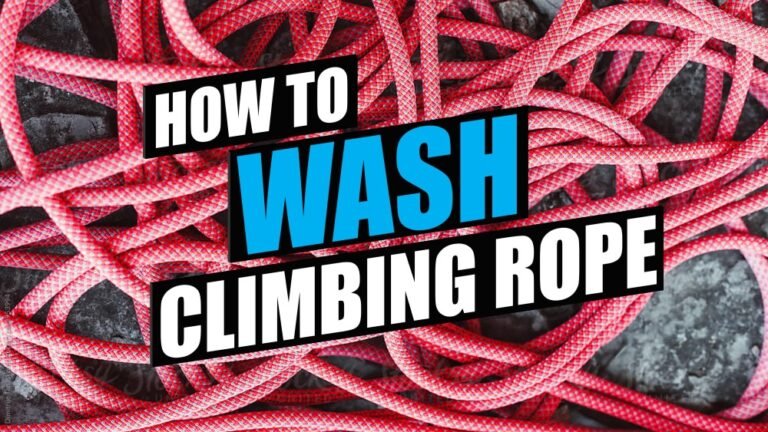What is an approach shoe?
When it comes to outdoor activities such as hiking and climbing, having the right gear is essential to ensure safety and comfort. One of the most important pieces of gear for climbers and hikers alike is footwear. While traditional hiking boots may be suitable for many situations, there are times when a more specialized type of shoe is necessary, such as an approach shoe.
An approach shoe is a type of footwear that is designed for approaches to climbing routes or for hiking on rugged terrain. It is a hybrid between a hiking shoe and a climbing shoe, combining the comfort and support of a hiking shoe with the grip and technical features of a climbing shoe.

Why do you need an approach shoe?
The main purpose of an approach shoe is to provide climbers with a comfortable and stable shoe to wear during the approach to their climbing destination. This can involve hiking on rocky or uneven terrain, scrambling up steep slopes, or even traversing low-grade climbing routes. Approach shoes are typically more durable and protective than regular hiking shoes, with features like a sticky rubber sole for improved grip on rock, a reinforced toe cap for protection against impacts, and a low-cut design for greater flexibility and freedom of movement.
In addition to climbers, approach shoes can also be useful for hikers who are navigating rugged or technical terrain, such as scrambling up steep hills or boulder fields. Overall, approach shoes are a versatile and functional footwear option for anyone who needs a comfortable and durable shoe for outdoor activities that involve both hiking and climbing.
Pros and cons of an approach shoe
One of the main distinguishing features of an approach shoe is its sole. Approach shoe soles are typically made from a sticky rubber material that provides excellent traction on rock and other slick surfaces. The sole is also often designed with a climbing zone that extends over the toe and allows for precise foot placement on small holds and edges. Other features of an approach shoe may include a low-cut design that provides greater flexibility and freedom of movement, a reinforced toe cap that offers protection against impacts, and a durable upper material that can withstand the wear and tear of rough terrain.
Pros
There are several benefits to getting an approach shoe, including:
Improved traction: The sticky rubber sole of an approach shoe provides superior grip on rock and other slick surfaces, allowing climbers and hikers to feel more confident and secure while navigating challenging terrain.
Better protection: An approach shoe’s reinforced toe cap provides protection against impacts, while the durable upper material helps to prevent cuts, scrapes, and other injuries.
Increased flexibility: The low-cut design of an approach shoe allows for greater flexibility and freedom of movement, making it easier to navigate uneven or steep terrain.
Versatility: Approach shoes are designed to be versatile, with features that make them suitable for a range of activities, from hiking and scrambling to low-grade climbing routes.
Comfort: Approach shoes often offer greater comfort and support than traditional hiking boots, with features like padded collars, cushioned insoles, and breathable materials that help to reduce fatigue and keep feet cool and dry.

Cons
Despite their many benefits, there are also some potential drawbacks to getting an approach shoe:
Limited support: While approach shoes may offer more comfort than traditional hiking boots, they may not provide the same level of support, particularly for those with weak ankles or other foot issues.
Less cushioning: Approach shoes are designed to be lightweight and flexible, which means that they may not provide as much cushioning as traditional hiking boots.
Lower durability: While approach shoes are made from durable materials, they may not be as long-lasting as traditional hiking boots, particularly if they are subjected to heavy use or rough terrain.
Who Should Get an Approach Shoe?


PC: Scarpa.com
Approach shoes are an excellent choice for anyone who is planning to hike or climb in rugged and technical terrain. They are particularly well-suited for those who engage in activities like bouldering, scrambling, or low-grade climbing, where the ability to grip and edge on rock is essential. Approach shoes are also a good choice for hikers who need a shoe that offers both comfort and support, with features that make them suitable for a variety of terrains.
That being said, approach shoes may not be the best choice for everyone. Those who have weak ankles or other foot issues may require more support than an approach shoe can provide, while those who plan to hike or climb in particularly rough terrain may need a more durable shoe. Additionally, those who are new to climbing or hiking may want to start with a more traditional hiking boot before investing in a specialized shoe like an approach shoe.
Factors to consider when choosing an approach shoe
When it comes to choosing an approach shoe, there are several factors to consider, including:
Fit: Like any shoe, it’s important to choose an approach shoe that fits well and provides adequate support. Look for shoes with a snug but comfortable fit that allows for some movement in the toes.
Sole: The sole is one of the most important features of an approach shoe, as it provides the traction needed to grip and edge on rock. Look for shoes with a sticky rubber sole that is designed specifically for climbing and scrambling.

Durability: Approach shoes are designed to be durable, but some models may be more long-lasting than others. Look for shoes with a tough upper material that can withstand the wear and tear of rough terrain.
Weight: Approach shoes are typically lighter than traditional hiking boots, which can be an advantage for those who want to move quickly and efficiently. However, it’s important to balance weight with other factors like support and durability.
Style: Approach shoes come in a range of styles and designs, from low-cut shoes that are ideal for scrambling to more traditional hiking shoe designs. Consider the type of activities you will be engaging in and choose a shoe that is suited to your needs.
Conclusion
In summary, an approach shoe is a type of footwear that is designed to provide climbers and hikers with the performance and features they need to navigate rugged and technical terrain. While they may not be the best choice for everyone, they offer many benefits, including improved traction, better protection, increased flexibility, versatility, and comfort. When choosing an approach shoe, it’s important to consider factors like fit, sole, durability, weight, and style to ensure that you choose a shoe that is suited to your needs and preferences.
Related Articles
Is there a need for gender specific climbing shoes











